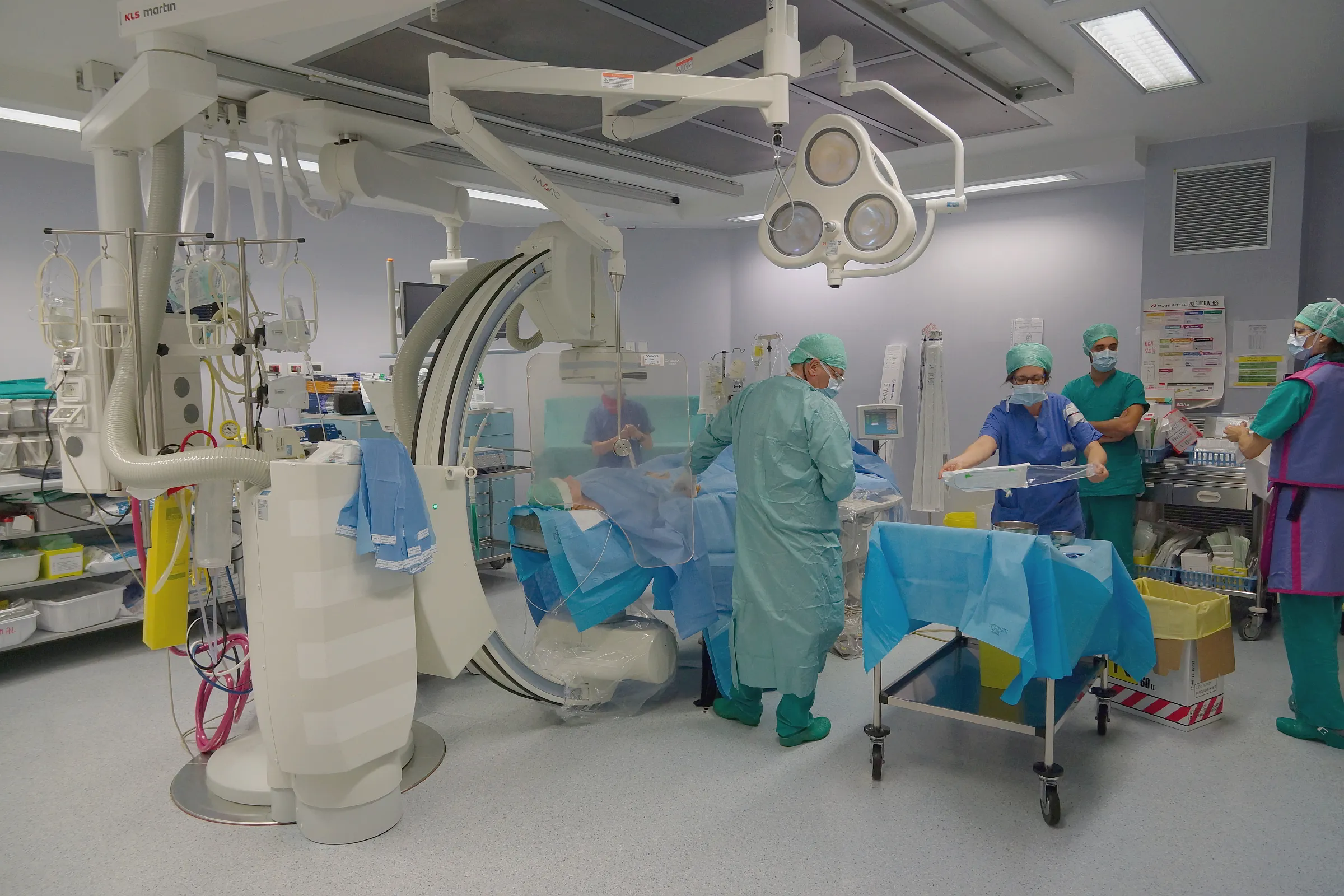Challenges for the developing world
There remain significant obstacles that must be overcome to safely and practically implement interventional radiology procedures in the developing world. For one, there are financial considerations, not only the capital cost of purchasing a piece of equipment but also the cumulative cost of disposables, such as catheters, wires and special needles.
Too often, budget constraints mean that repairs become very expensive and time-intensive, causing sometimes long service interruptions which in turn result in excessive equipment downtime. Added to this, there is often a lack of proper training of personnel. The careful consideration of resource allocation, training of personnel and selection of procedures is, however, crucial to maintain the safe and sustainable practice of interventional radiology.
One way to help overcome financial constraints is to conduct a careful needs analysis and to use cost-effective tools and technologies. To overcome the practical and ethical limitations of traditional training methods in the underdeveloped world, alternative and durable training schemes involving long-term partnerships with foreign institutions and medical simulation training can be introduced.
Implementation of the most basic and relatively inexpensive radiological equipment has made interventional procedures possible in the underserved world. Commonly performed procedures in developed nations can be modified as a lower-cost technique with minimal changes in efficacy or safety. With the assistance of international humanitarian organizations, careful planning, and innovative techniques, local providers in impoverished nations can have access to the training and equipment necessary to offer life-saving, minimally invasive procedures to underdeveloped countries and make significant medical contributions to the global community.
